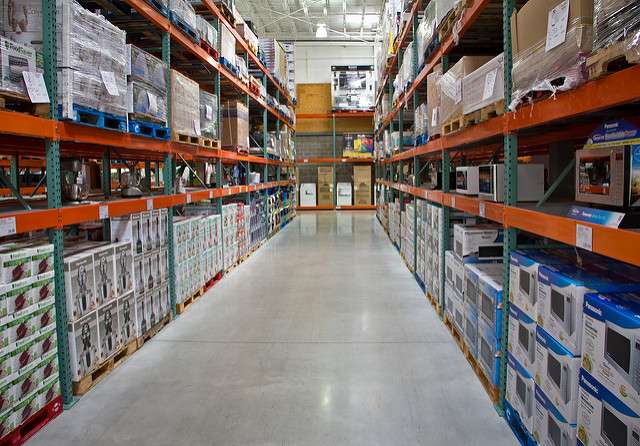Like to get more bang for your sustainability-boosting buck? Here's how.

Manufacturers, retailers, governments and other buyers are under a lot of pressure these days to preferentially purchase products with relatively low environmental footprints. But options can be overwhelming: Is it better to favor suppliers who use renewable electricity to produce their products, or those that use recycled cardboard for the boxes that contain them? Until now there has been no easy way to answer that, since measuring the impact of green products can be costly and comparing the relative environmental and economic merits of different products is next to impossible.
Now, researchers at the University of Minnesota and University of Michigan have developed a method for assessing and comparing the various costs and benefits of green products—making it possible for purchasers to get the most environmental bang for their sustainability-investment buck.
- The research, published today in the scientific journal Environmental Science & Technology, was led by Rylie Pelton and Mo Li, research fellows with the Northstar Initiative for Sustainable Enterprise at the University of Minnesota Institute on the Environment, and was funded by the Global Environmental Management Initiative.
- The new approach, known as the Hotspot Scenario Analysis-Procurement Portfolio Optimization (HSA-PPO) method, makes it possible to assess environmental impact across multiple product purchases and maximize environmental benefits under specified budget constraints.
- The researchers estimated that a purchaser could save 36 and 54 percent more greenhouse gas emissions and water, respectively, for a given amount of money by using HSA-PPO across the portfolio of product input purchases rather than just considering one product purchase at a time.
The research team illustrated the approach by applying it to the purchases a breakfast cereal manufacturer makes regarding eight inputs that go into producing the cereal: electricity, wheat grain, corn grain, plastic bags and paperboard boxes for primary packaging, plastic films and corrugated board boxes for secondary packaging, and cleaning compounds.
"Some choices—for example, using recycled plastic packaging—produce large environmental improvements for little additional, or sometimes even less, cost," said Pelton. "Other choices might not be as environmentally beneficial as we suspect, or come at a very high price." In the case of the breakfast cereal, the researchers found that applying HSA-PPO to optimize choices could reduce greenhouse gas emissions and water use as much as 38 percent, when green-buying choices are made considering the portfolio of green product options, compared with conventional purchases.
"Although many have talked about the need for buyers and suppliers to coordinate environmental improvement strategies, this is the first time that a portfolio optimization approach has been applied," said NiSE director and co-author Tim Smith. "HSA-PPO is a valuable tool for corporations and governments seeking to reduce their environmental impact in a cost-effective way."
More information: Rylie E. O. Pelton et al, Optimizing Eco-Efficiency Across the Procurement Portfolio, Environmental Science & Technology (2016). DOI: 10.1021/acs.est.5b06289
Journal information: Environmental Science & Technology
Provided by University of Minnesota

















